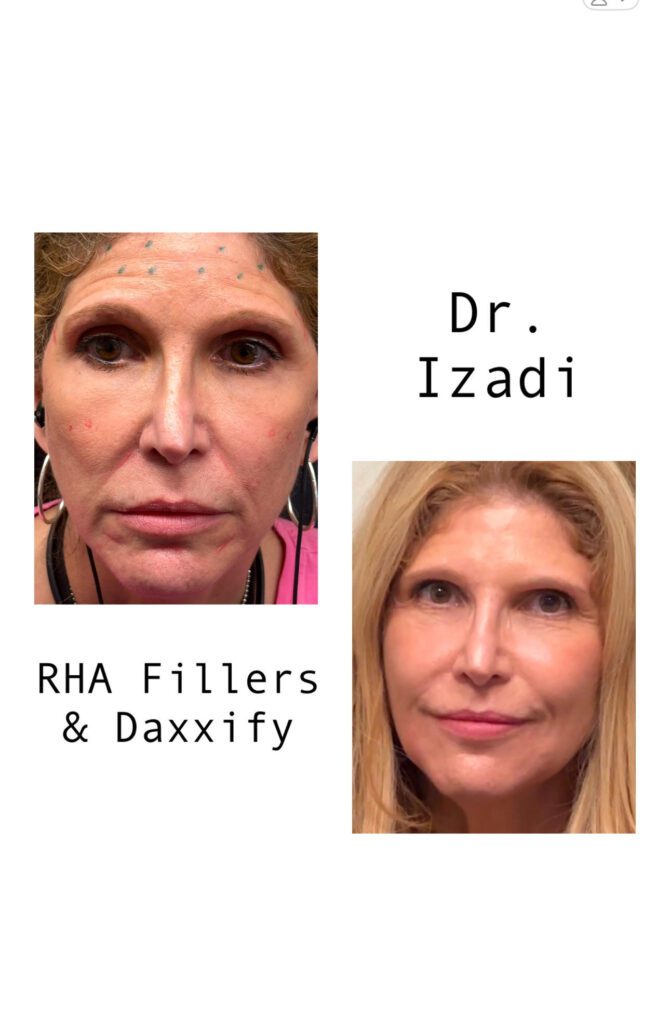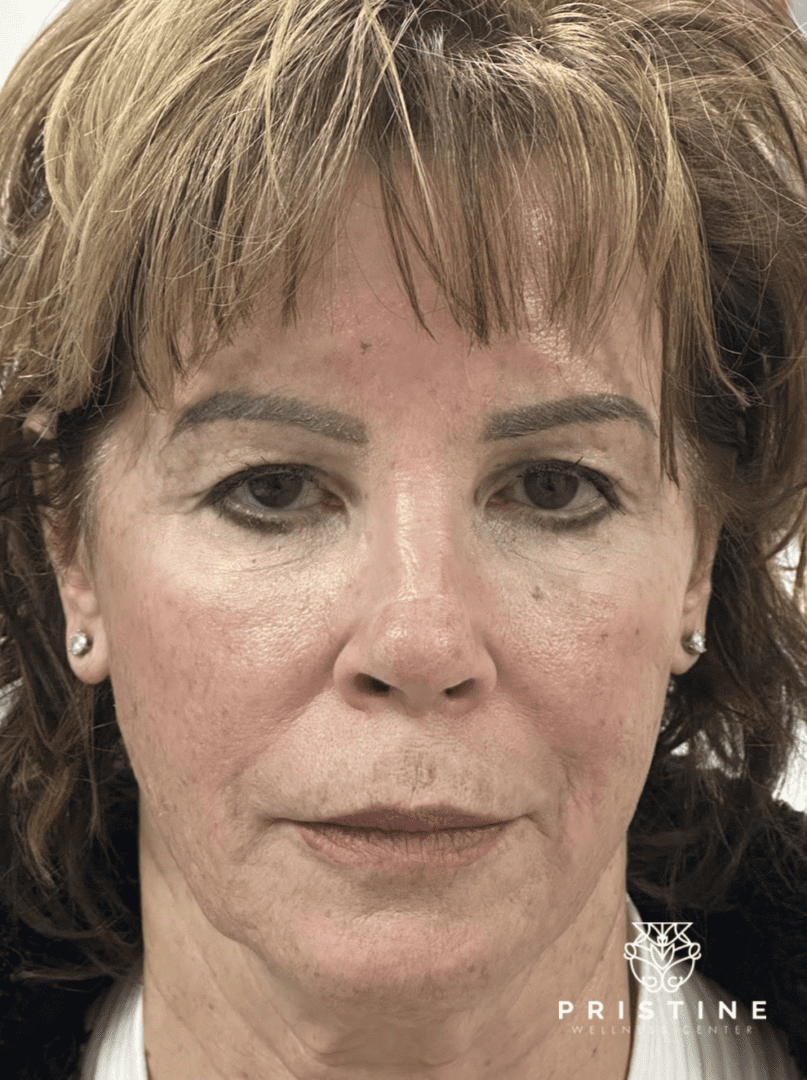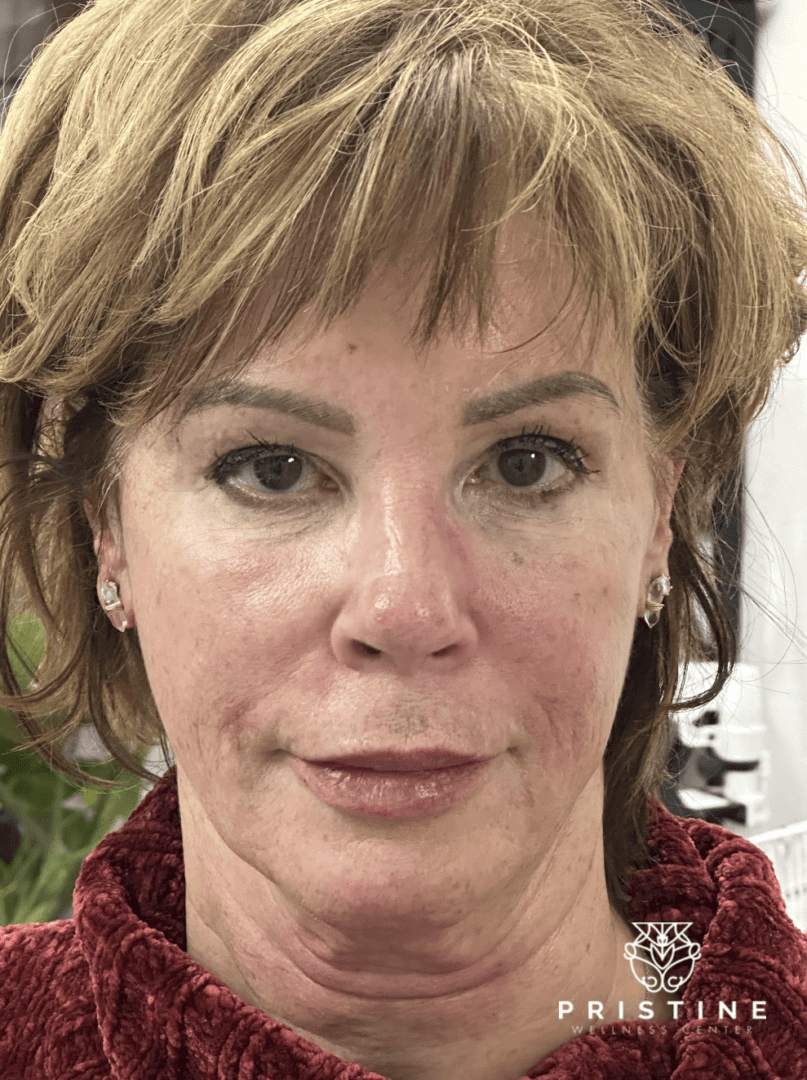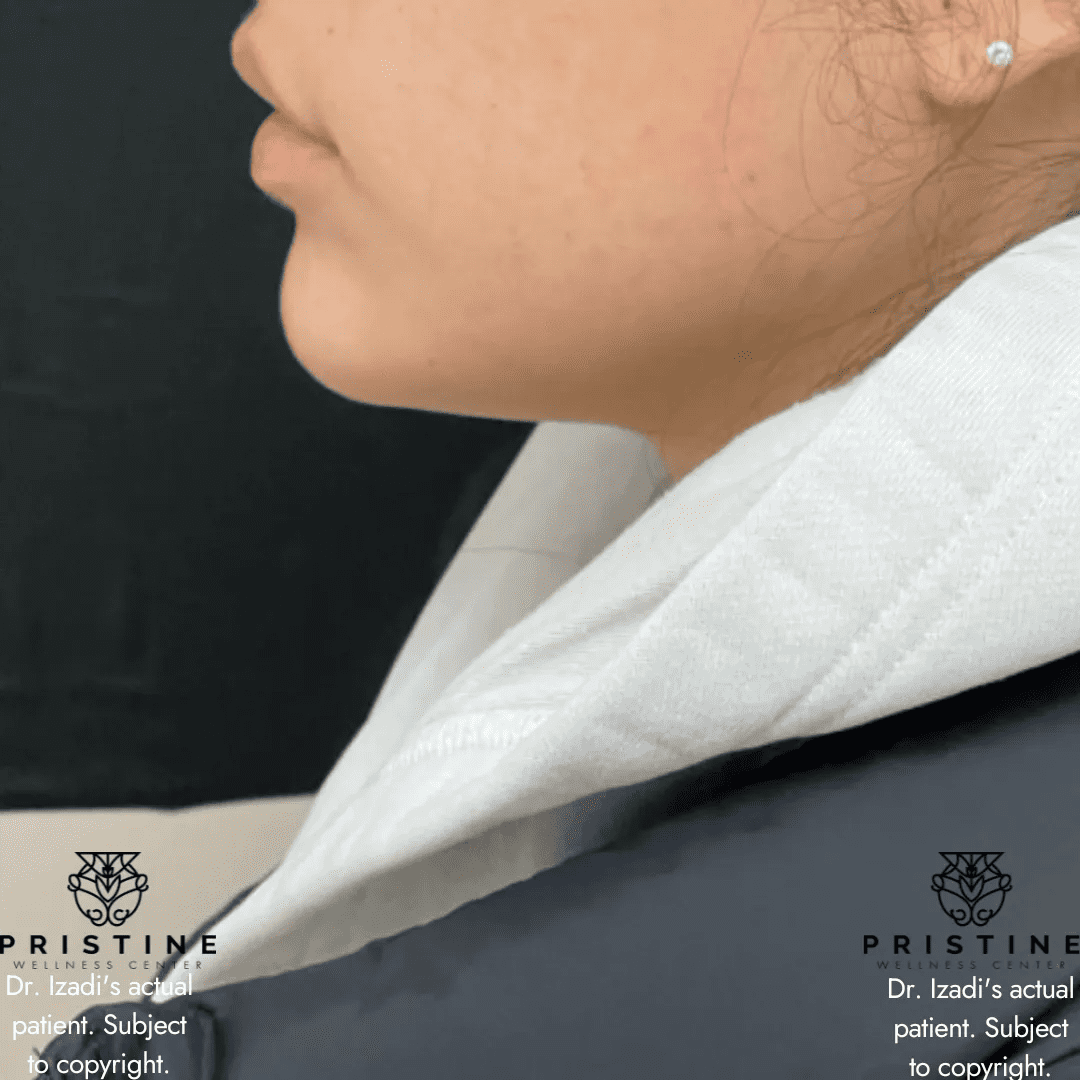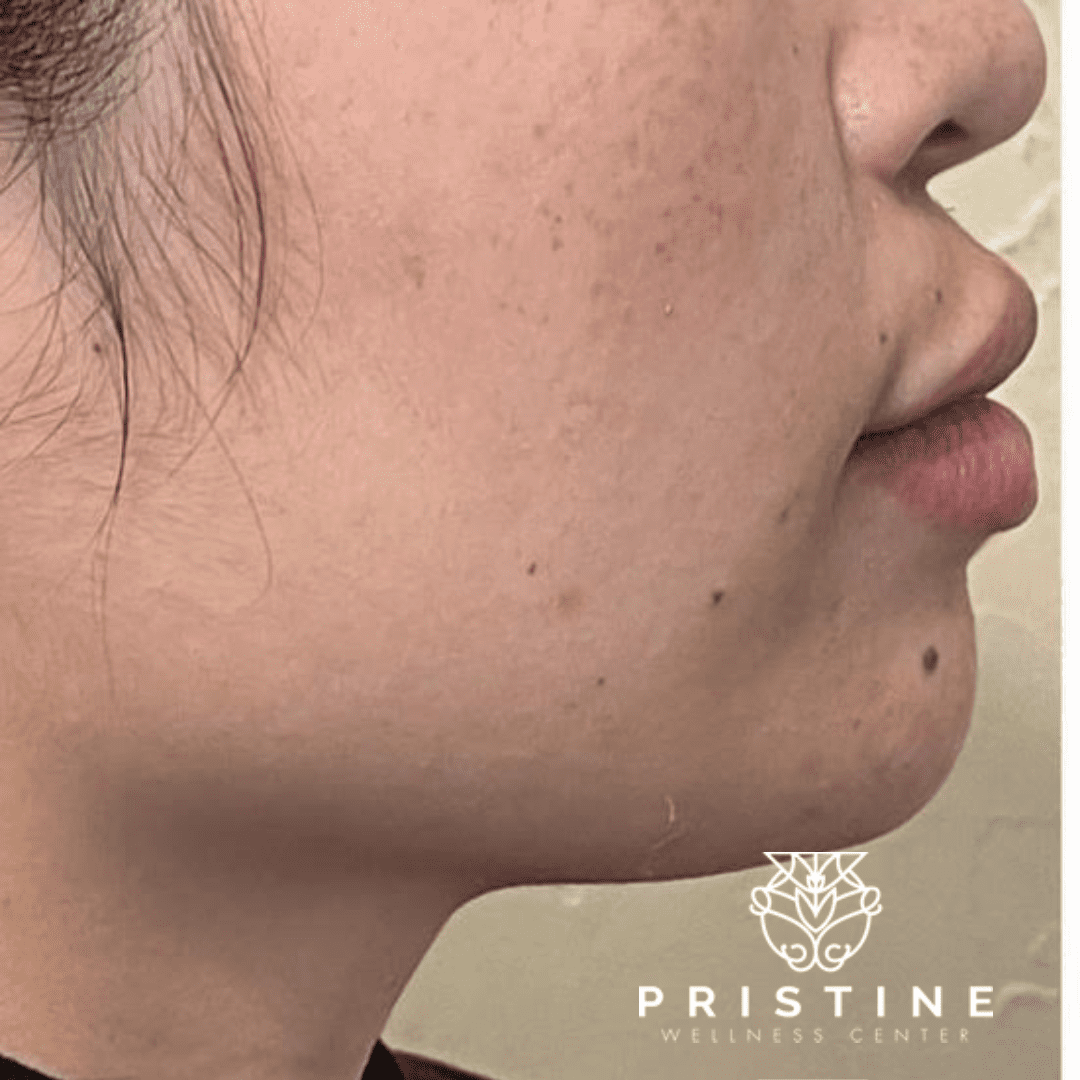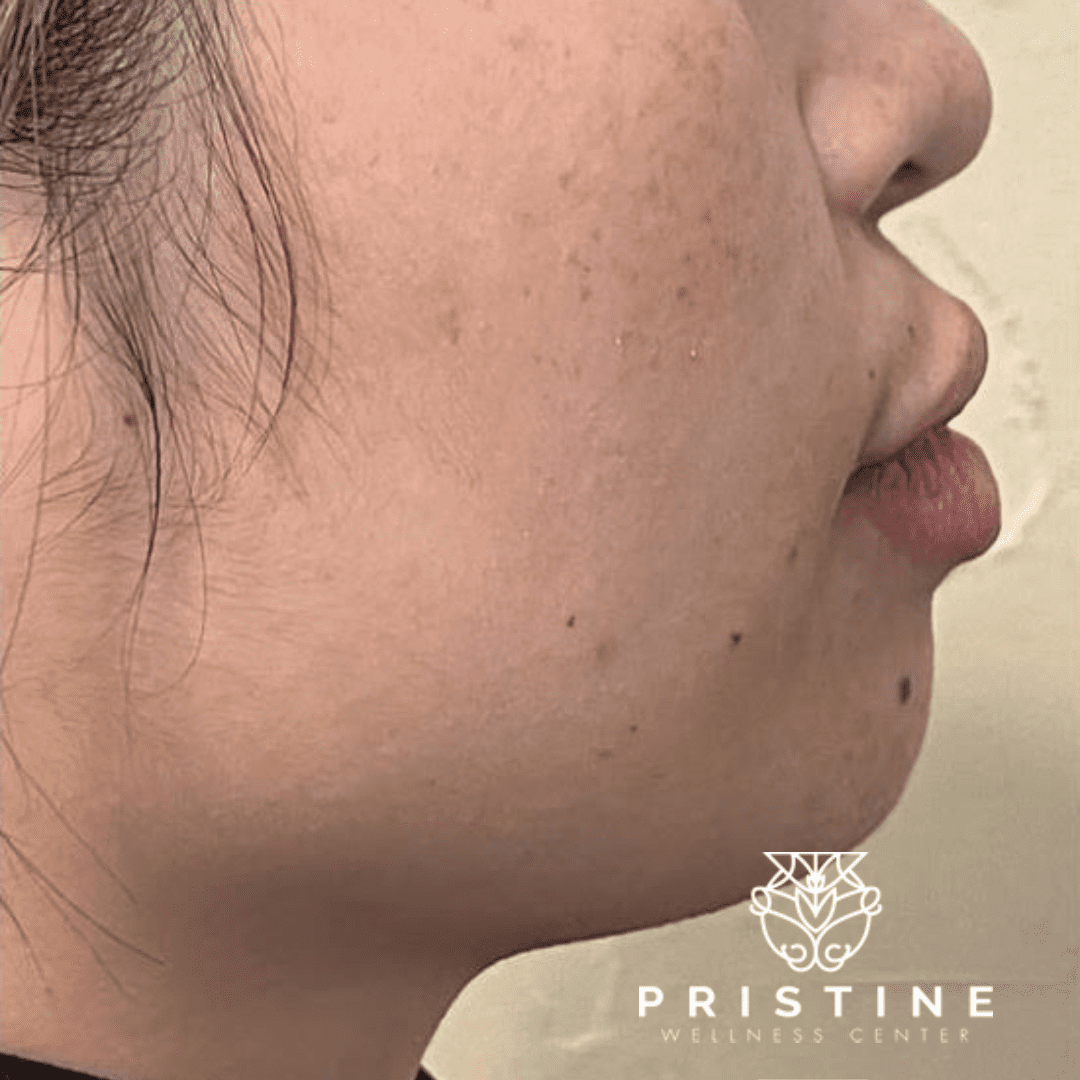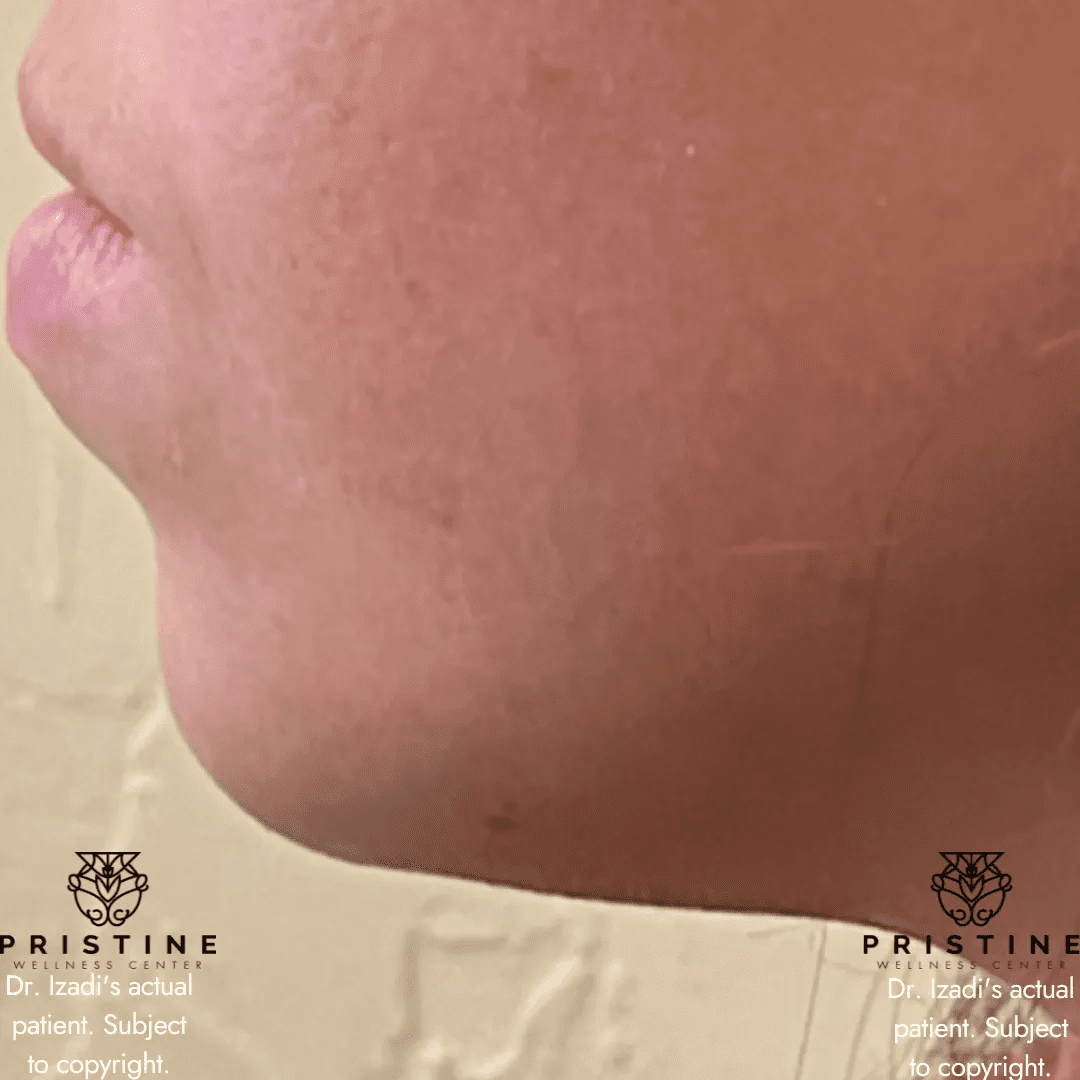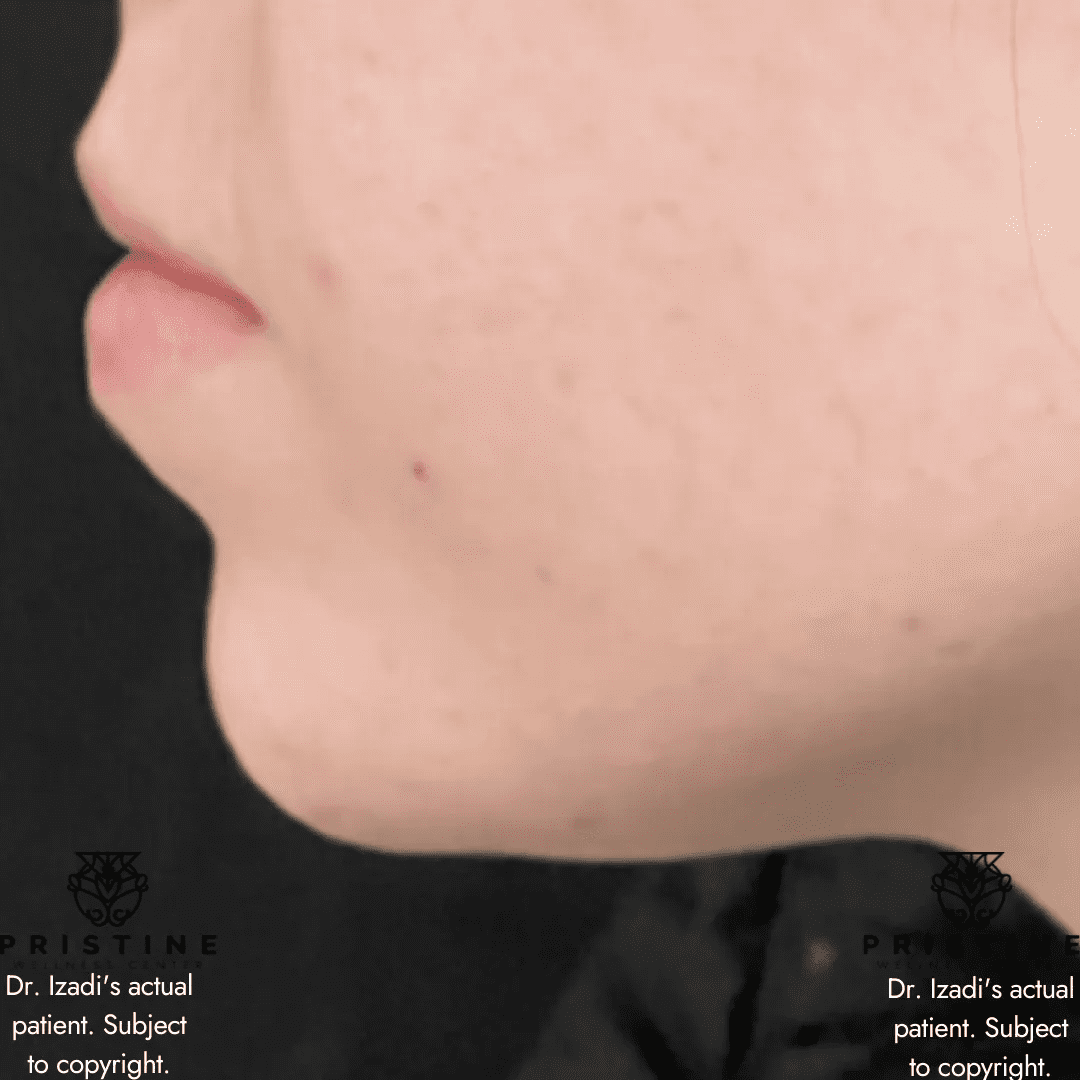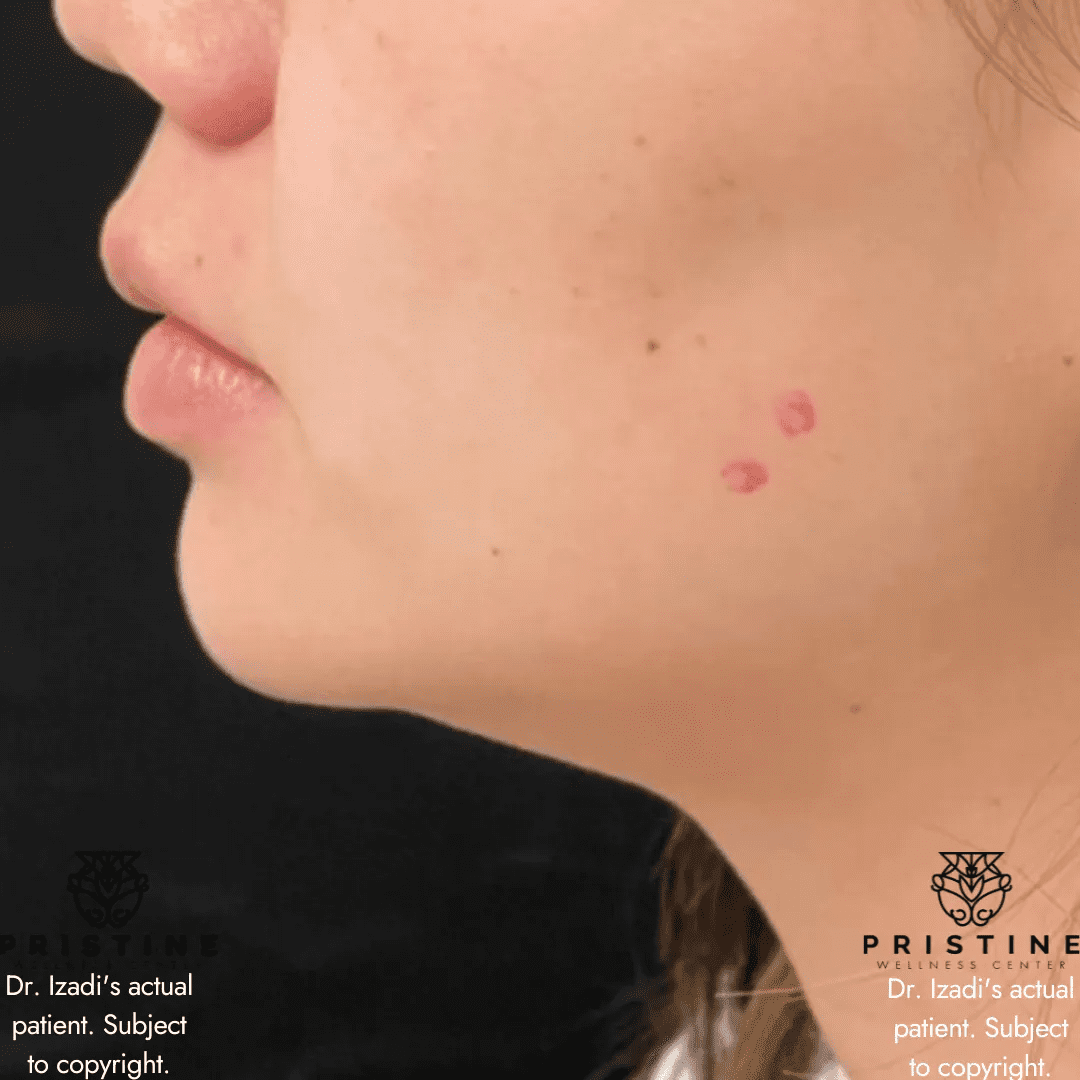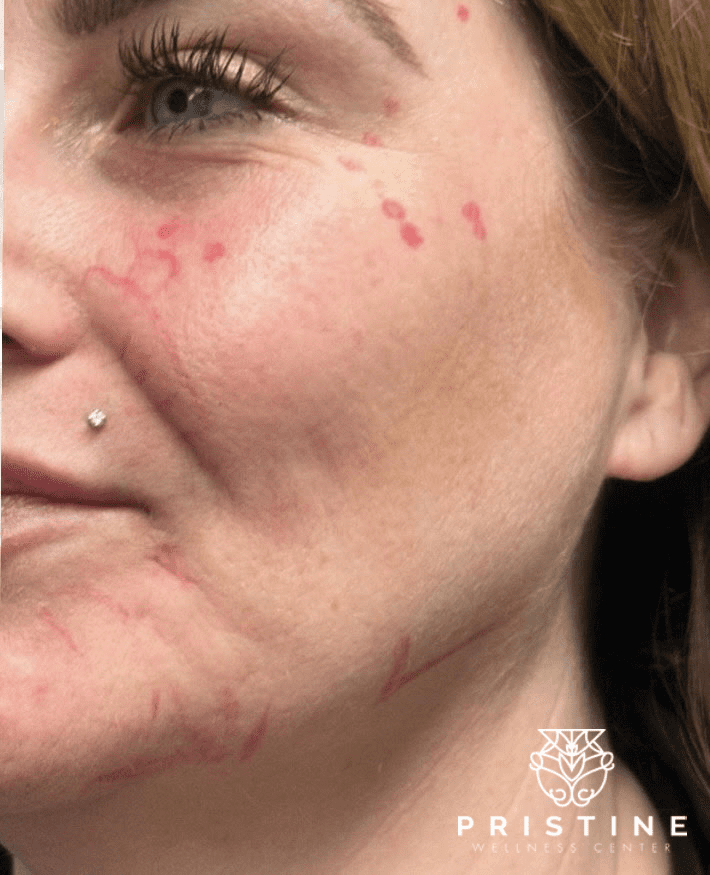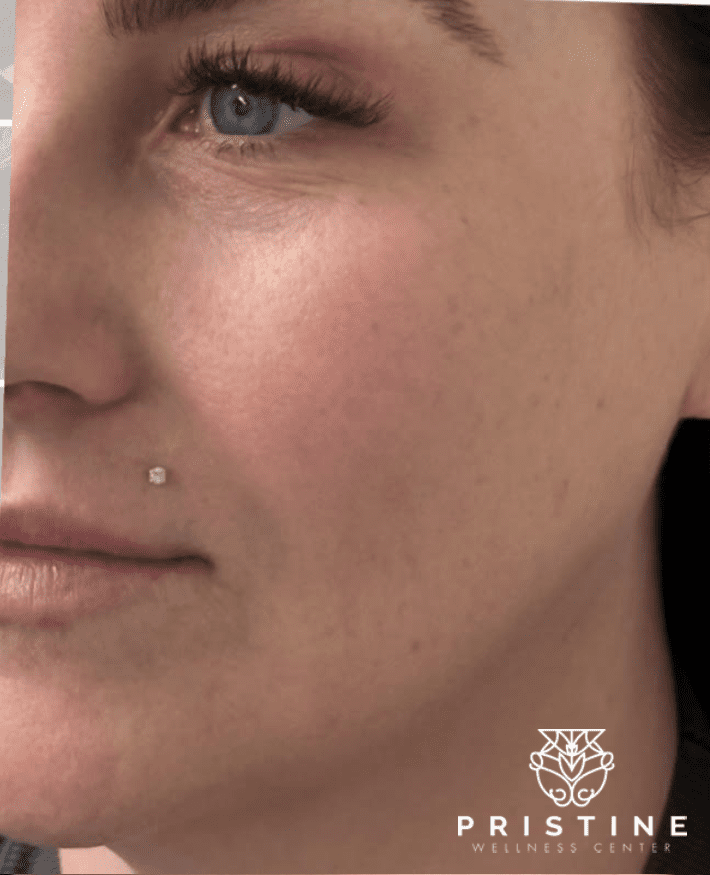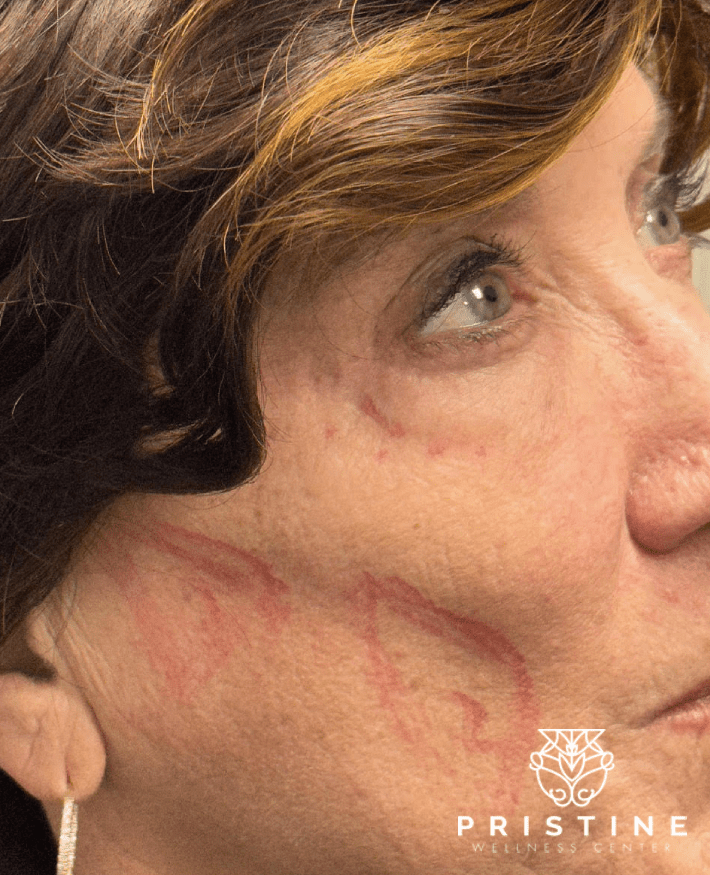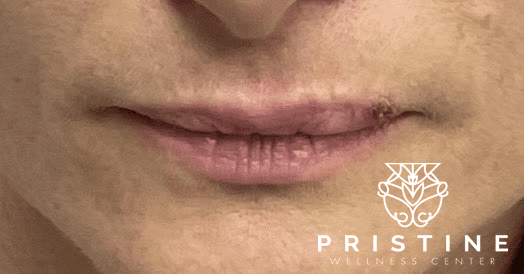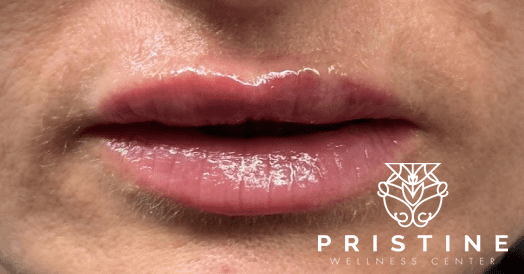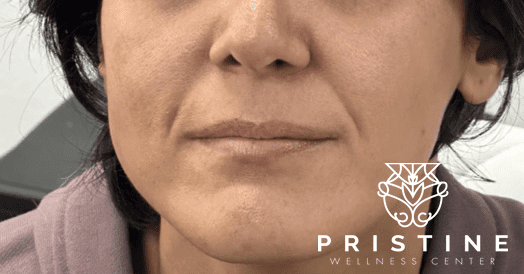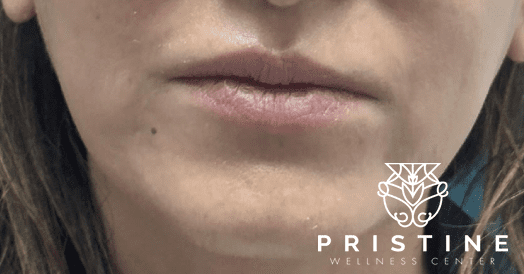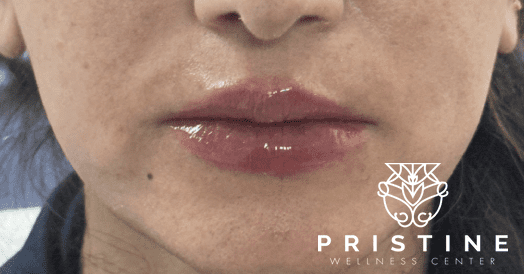Infomation from the FDA
The FDA is warning health care providers and patients not to use any Juvederm Ultra 2, 3 or 4, because these products are not approved for use in the U.S. As such, the safety and effectiveness of these products cannot be assured. A list of approved products and indications for use in the U.S. can be found in the table below.
The FDA has NOT approved liquid silicone or silicone gel for injection to fill wrinkles or augment tissues anywhere in the body.
These days, people across the country are seeking treatments to smooth smile lines and crow’s feet and to plump up their lips and cheeks.
One treatment involves injecting dermal fillers into the face. In studies of dermal fillers approved by the U.S. Food and Drug Administration, people generally report they are satisfied with their treatment results.
But injectable dermal fillers are not for everyone and may not be indicated for people with certain conditions (such as bleeding disorders or certain allergies). If your health care provider confirms that dermal fillers are an option for you, know that all products have benefits and risks. The FDA advises you to work with a licensed health care provider and to understand all of the risks and benefits before receiving treatment. (See more safety tips below.)
What are dermal fillers, and how are they used?
In general, injectable dermal fillers are intended to help fill in wrinkles and give a smoother appearance. They are generally injected into the skin with a needle and are regulated by the FDA as medical devices.
Temporary fillers include the following materials:
• Collagen injections, made of highly purified cow or human collagen
• Hyaluronic acid gel, a protective lubricating gel, produced naturally by the body
• Calcium hydroxylapatite, a mineral and a major component of bone
• Poly-L-lactic acid (PLLA), a biodegradable, biocompatible, synthetic material
These products are used for correcting soft tissue defects in the face, such as moderate to severe facial wrinkles and skin folds, lip and cheek augmentation, and to restore or correct the signs of facial fat loss in people with human immunodeficiency virus (HIV). An FDA approved dermal filler is also used to fill in the back of the hand.
Most FDA-approved fillers are temporary and achieve a smoothing or “filling” effect, which lasts for about six months or longer in most people. (These injectable dermal fillers are temporary because the body eventually absorbs them.)
That said, not all products have been approved for every indication. You can find specific information on each product by reading the FDA’s list of approved dermal fillers.
The FDA has approved only one permanent wrinkle filler, which contains “polymethylmethacrylate” beads. These are tiny round, smooth, biocompatible plastic particles that are not absorbed by the body. The filler is FDA-approved only for correcting facial tissue around the mouth.
Although the FDA has approved certain injectable dermal fillers for use in the face (for example, to enhance lips and cheeks) and the hands, the FDA has never approved any injectable fillers for large-scale body contouring or enhancement.
That means you should never get an injectable filler intended as a breast filler, “butt filler,” or muscle filler. And you should never get any type of injectable filler for any other large-scale body contouring or body enhancement.
What are the risks of FDA-approved fillers?
Remember to work with a licensed health care provider to ask what you can expect for FDA-approved fillers. Then contact your health care provider if you are concerned about a particular side effect.
Rare but serious risks include:
• scarring, blurred vision, partial vision loss, and blindness if the dermal filler is inadvertently injected into a blood vessel. It is recommended that health care providers take care to avoid injection into blood vessels (especially around the forehead, nose and eye area) for these reasons.
• allergic reaction that may lead to a severe reaction (anaphylactic shock) that requires emergency medical help.
Most side effects occur shortly after injection and go away within two weeks. In some cases, side effects may emerge weeks, months, or years later. Talk to your licensed health care provider if you have questions or concerns.
5 Tips for Consumers About Injectable Dermal Fillers
1. ALWAYS work with a licensed health care provider who uses properly labeled, sealed vials for treatments. You also can ask to confirm that you are receiving an FDA-approved filler. And never get injectable fillers from unlicensed providers or in non-medical settings like hotels or private homes.
2. ALWAYS request and read the patient labeling information on FDA-approved injectable wrinkle fillers from your licensed health care provider.
3. ALWAYS know the type of product to be injected and all of its possible side effects. Know where each product used is to be injected. Talk to your licensed health care provider if you have any questions.
4. NEVER buy dermal fillers on the Internet. They may be fake, contaminated, and/or harmful.
5. NEVER get any type of filler or liquid silicone injected for body contouring. This means you should never get breast fillers, “butt” fillers, or fillers for spaces between your muscles. These products, which include certain types of injectable silicone, can be dangerous and can cause serious injury and even death.
Also know that the safety of these products is unknown for use in pregnant or breastfeeding women or in patients under 18 years of age. The safety also is unknown if used with Botox or other wrinkle therapies. (The FDA regulates Botox Cosmetic as a drug. See the section below for more information.)
You should discuss the different types of FDA-approved dermal fillers and the results you want to achieve with your licensed health care provider.
Ask your licensed health care provider if you have specific questions.
More About Botox
Botox Cosmetic and other botulinum toxin type A products such as Dysport and Xeomin are indicated to treat wrinkles. Remember that they are injectable drugs but not dermal fillers. They work by keeping muscles from tightening so the wrinkles don’t show as much.
Adverse events reported in clinical trials include facial weakness, eyelid drooping, and brow drooping. Other adverse events included localized pain, swelling, reddening, and bruising at the injection site.
The FDA has approved these products only for the temporary improvement in the appearance of frown lines, forehead lines, and crow’s feet. If you have questions about these products, talk to your licensed health care provider.
Before & After Injection Care
1. Patients should not wear make -up during the first 12 hours after injection
2. patients should not take high dose vitamin E, aspirin, anticoagulant for one week prior to the procedure. Patients must not discontinue such treatment without talking to their prescribing physician.
3. patients should minimize exposure of the treated area to excessive sun, UV lamp exposure and extreme temperature ( cold weather, sauna) at least during the first 24 hours or until initial swelling and redness has resolved. Exposure to any of the above may cause or exacerbate or extend the duration of temporary redness, swelling, itching at the treatment area.
4. patients should notify the provider if any of these occur:
